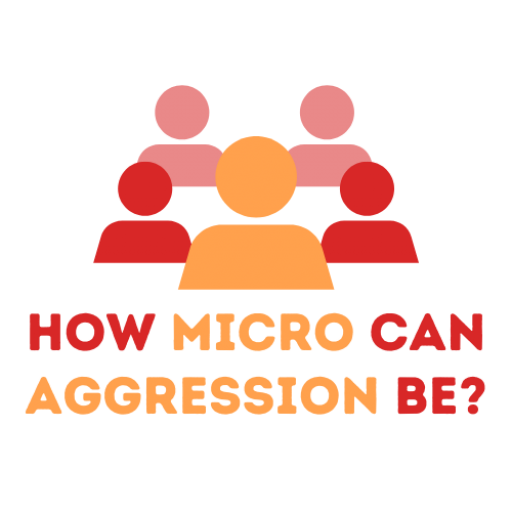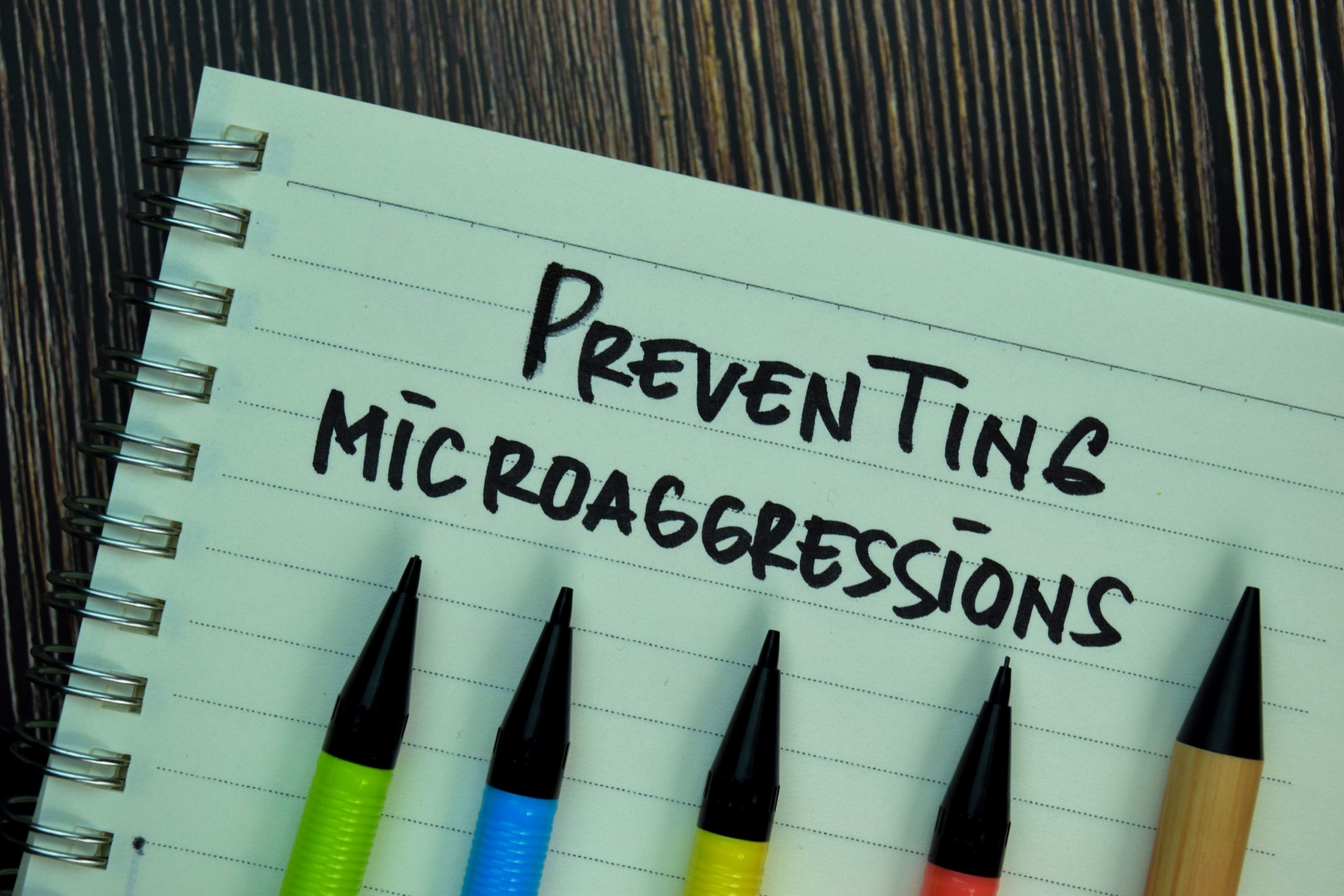Topic 2 How to React
There are two factors to consider when and how to respond to micro-aggressions: your goal , and your role. The goal refers to the kind of resolution that the individual is seeking. Some of the goals could be to interrupt the situation, to educate, or release of anger or frustration.
The role is defined as the relationship between the target, the aggressor, and bystanders. For instance, employees may feel more threatened if they confront their boss than a co-worker (Byrd, 2018).
Strategies to respond:
- Appeal to values: “I’ve always thought of you as an open-minded person who wouldn’t say things like that”. Trying to appeal to the aggressor’s values, such as fairness and egalitarianism, can feel counterintuitive since he’s acting in the opposite way. However, letting the aggressor know about this discrepancy makes them feel guilty and makes them want to change their behaviour.
- Express your feelings: This strategy can cause value–behaviour discrepancy, especially if the aggressor and target know each other and the remark is meant as a joke. Also, this approach encourages perspective-taking and empathy, which reduce stereotyping and denial of discrimination.
- Get the aggressor to explain: “What did you mean by that?”. By asking for further information, one can highlight logical inconsistencies in the aggressor’s statements, as well as uncover unconscious bias.
- Empathize with the underlying feeling: “I know it’s hard to find a job after college, but affirmative action isn’t the problem”. Using empathy can help the aggressor see the target’s values as similar to their own. It can also reduce feelings of threat, which can reduce bias in intergroup interactions and make aggressors more willing to admit their guilt.
- Give information: Providing information that contradicts the aggressor or provides a different perspective.
- Use humor: Reduces defensiveness.
- Involve others: If no one reacts to prejudiced comments, a community norm is set. Confrontation sets the opposite norm.
- Non-verbal response: The confronter can still make an impact with a look or sigh.
(Byrd, 2018).
In general, determine how much of an investment you want to make in addressing the micro-aggression. Express yourself in a way that acknowledges your concern about the issue. Allow yourself to feel what you feel. Any emotion is legitimate and should factor into your decision about whether, how, and when to respond. If you choose to confront a micro-aggression, be prepared to disarm the person who committed it. Explain that the conversation might get uncomfortable for them but that what they just said or did was uncomfortable for you. Invite them to sit alongside you in the awkwardness of their words or deeds while you get to the root of their behaviour together.

